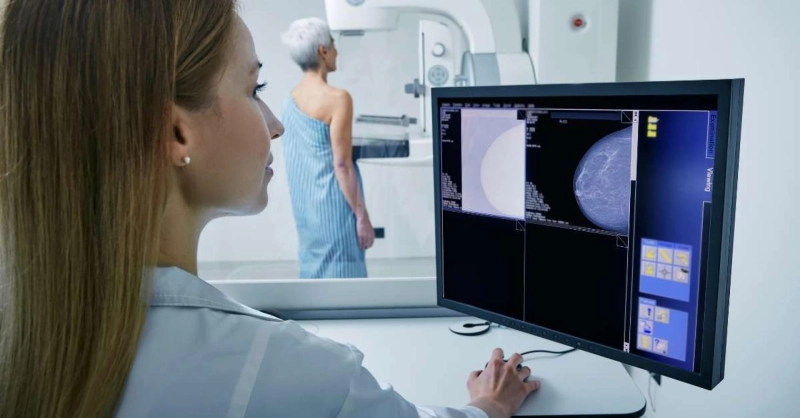A mammogram is an essential screening tool that helps detect breast cancer early. Although the vast majority of mammograms are negative, some women may receive a positive result, which can be a cause for concern. But what does it mean if your mammogram is positive, and what happens next? In this blog post, we’ll explore what happens if your mammogram is positive and what steps you can take to ensure the best possible outcome.
Explanation of a positive mammogram result
A positive mammogram result means that the radiologist has detected an abnormality or lump in the breast tissue. It’s important to understand that a positive result does not necessarily mean that you have breast cancer. In fact, many positive mammograms turn out to be benign (non-cancerous) abnormalities. However, it is still important to follow up on a positive mammogram result promptly to determine whether further testing or treatment is necessary.
Diagnostic mammogram or ultrasound
If your mammogram is positive, your doctor will likely recommend a diagnostic mammogram or ultrasound. These tests are similar to a screening mammogram but provide more detailed images of the breast tissue. A radiologist will examine these images and may recommend additional testing or a biopsy if they suspect that the abnormality is cancerous.
Biopsy
If the radiologist suspects that the abnormality is cancerous, they may recommend a biopsy. During a biopsy, a small sample of breast tissue is removed and sent to a laboratory for testing. There are different types of biopsy procedures, including a core needle biopsy or a surgical biopsy, depending on the size and location of the abnormality.
Waiting for results
Waiting for biopsy results can be a stressful and anxious time. It’s essential to have a support system and to take care of yourself during this time. Try to stay busy with activities you enjoy, such as exercise, hobbies, or spending time with loved ones. Reach out to a support group or therapist if you need additional emotional support.
Treatment options
If the biopsy results confirm a breast cancer diagnosis, your doctor will discuss treatment options with you. Treatment options may include surgery, radiation therapy, chemotherapy, hormone therapy, or a combination of these treatments. It’s important to remember that each person’s treatment plan is unique and tailored to their specific diagnosis and individual needs.
Follow-up care
After treatment, you will need to undergo regular follow-up care to monitor your breast health and detect any potential recurrence of breast cancer. This may include regular mammograms, ultrasounds, or other imaging tests, as well as regular visits with your doctor or oncologist.
In conclusion, a positive mammogram result can be concerning, but it does not necessarily mean that you have breast cancer. By following up promptly with diagnostic testing and potential biopsy, you can get a better understanding of your breast health and any necessary next steps. With early detection and appropriate treatment, many women with breast cancer go on to live long and healthy lives. Remember to take care of yourself, seek emotional support if needed, and stay on top of your breast health with regular screenings and follow-up care.
This article was first published at https://topclickblogs.co.za/what-happens-if-your-mammogram-is-positive-understanding-the-process/



